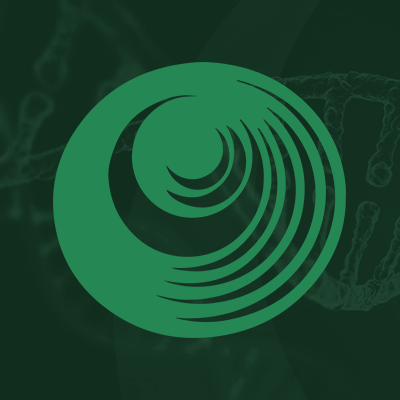Abstract
Zuolin Ying1, Lisa Shiue1, Katherine Park1, Jutta Kollet2, Pedram Bijani1, Meghali Goswami1, Madeleine Duvic1 and Xiao Ni1
1 Department of Dermatology, The University of Texas MD Anderson Cancer Center, Houston, TX 77030, USA
2 Bioinformatics, Miltenyi Biotec GmbH, Beigisch Gladbach, 51429, Germany
Correspondence to:
| Xiao Ni, | email: | xiaoni@mdanderson.org |
Keywords: non-Hodgkin’s lymphoma; cutaneous T-cell lymphoma; extracorporeal photopheresis; microarray; integrin
Received: March 01, 2019 Accepted: April 14, 2019 Published: May 07, 2019
ABSTRACT
Extracorporeal photopheresis (ECP) is a frontline therapy for patients with leukemic cutaneous T-cell lymphoma (L-CTCL), but its mechanisms of action are not fully understood. This study was to explore the molecular mechanisms underlying clinical response versus non-response in patients with L-CTCL. We performed blood transcriptional profiling of ten L-CTCL patients at Day 2 and 1 month post- ECP compared to pre-ECP baseline using Agilent Whole Human Genome Microarray technology. Differentially expressed genes (DEGs) between five clinically-responsive patients and five clinically-resistant patients were cross-compared. Higher numbers of genes were modulated in responders than non-responders after ECP at both Day 2 and 1 month, with two thirds of DEGs down-regulated. The down-regulated DEGs at 1 month post-ECP were related to inflammatory, immune and/or stress responses, platelet functions, and chromatin remodeling. Upregulated DEGs were mainly related to functions of the nucleolus. Pathway analysis revealed that integrin and IL-1 signaling pathways were the top pathways affected in responders, which were minimally affected in non-responders. The top upstream transcription regulators affected were IL1B, EGR1, FAS, and TGFB1. Our results suggest that the modulation of cell adhesion and suppression of IL-1β induced inflammation may underlie the efficacy of ECP in L-CTCL.

